
Privacy statement: Your privacy is very important to Us. Our company promises not to disclose your personal information to any external company with out your explicit permission.
What is acrylic? Is it Glass or Plastic?
Acrylic is the most common name we call this material, also known as Plexiglas, the English name is Polymethyl methacrylate, after the English translation called acrylic, abbreviation is PMMA, its full name is called polymethyl methacrylate, its raw materials belong to the acrylic class of chemicals.
Acrylic, also known as special treatment of plexiglass, is a replacement for plexiglass, light box made of acrylic has good light transmission, pure color, Colorful, beautiful and flat, taking into account the two effects of the day and night, long service life, does not affect the use of other characteristics. In addition, acrylic sheet and aluminum composite panel profiles, advanced screen printing, etc. can be a perfect combination to meet the needs of businesses, acrylic plastic is to improve the grade of the business store, unify the corporate image of the best form of outdoor advertising. Acrylic is a phonetic word, the English is ACRYLIC, it is a chemical material. The chemical name is called PMMA is a polyacrylate, commonly known as specially treated plexiglass, in the application industry acrylic raw materials are generally in the form of particles, plates, tubes and other forms. Acrylic from the English Acrylic transliteration, Acrylic acrylic and methacrylic chemicals of the general term. Including monomers, sheets, granules, resins and composites, acrylic sheet by methyl methacrylate monomer (MMA) polymerization, that is, polymethyl methacrylate (PMMA) sheet Plexiglas, "Plexiglas" from the trade name "Oroglas Oroglas" (a PMMA sheet), from "Organic Glass" (that is, Plexiglas).
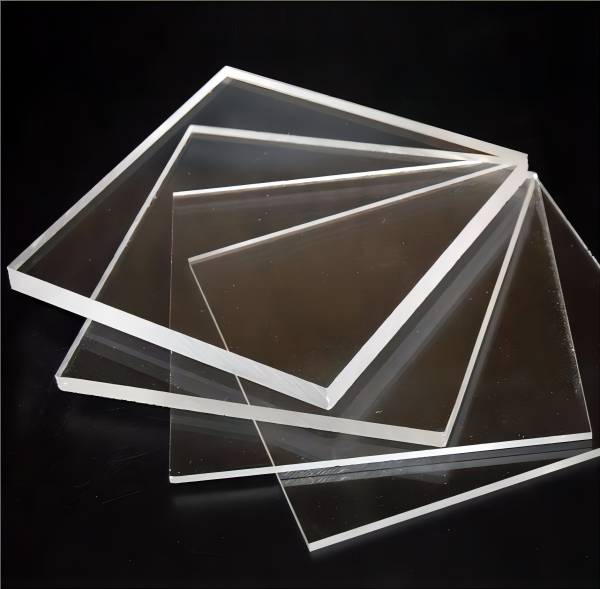
Properties of acrylic
Acrylic has a high transmittance, transmittance up to 92%, the general glass transmittance is only 85%, can reach the optical glass transmittance, and even after dyeing can maintain good light transmittance, which improves the display and beauty of acrylic.
Because of the special nature of the material, the hardness of acrylic is more than ten times higher than the general glass, can be said to be hard, acrylic made out of something very strong, and transparent things are the most afraid of being scratched, the hardness of acrylic is very high, but also one of the most wear-resistant.
Acrylic softens at 113 degrees Celsius to 160 degrees Celsius, a temperature that makes it highly plastic and can easily be made into a variety of shapes.
Acrylic is resistant to temperature, humidity, acid and alkali, making it the most ideal material for outdoor use.
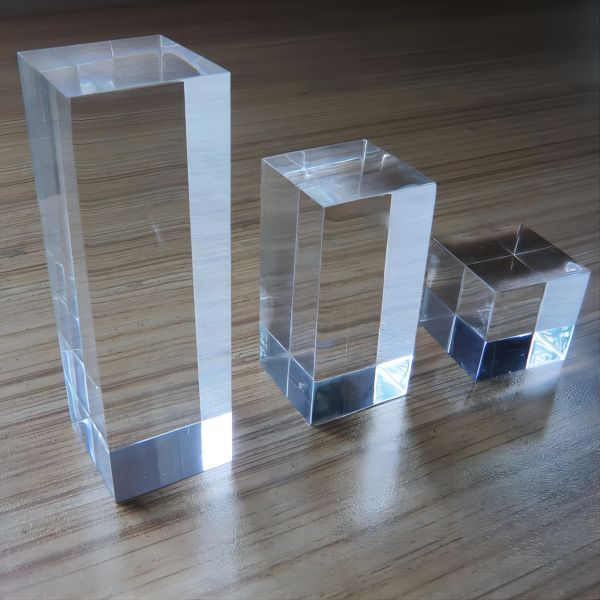
Acrylic is made by polymerizing monomer methacrylic resins. How is acrylic different from other plastics? Why is it called "glass"?
Well, it's because acrylic has many similar properties to glass, some better than glass, some better than glass, and it makes up for glass's shortcomings perfectly.
In many industries, transparent materials are one of the most common, but because traditional glass is too heavy or fragile, designers and manufacturers often choose this transparent polymer material.
Acrylic has all these characteristics of glass or transparent materials, but it is not glass, so it is called plexiglass.
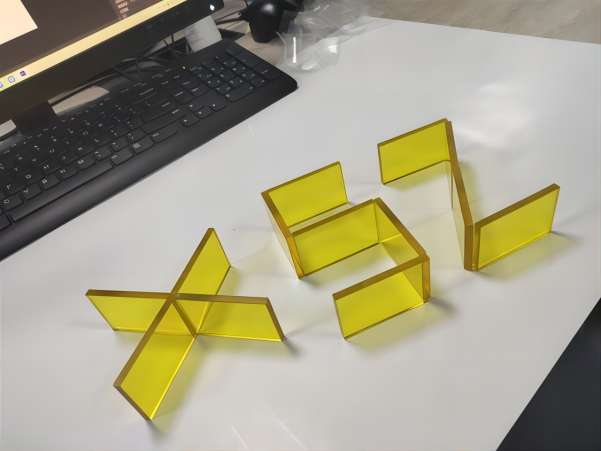
Acrylic, this seemingly mysterious material, both like glass and plastic, aroused the curiosity of many people. So, is acrylic glass or plastic? What are its roles? Why can it be widely used?
First of all, let's explore the question of whether acrylic is glass or plastic. Acrylic, scientifically known as polymethyl methacrylate (PMMA), is an organic compound. From the chemical structure, it belongs to the organic material, similar to plastic.
Therefore, from this perspective, acrylic should be considered plastic. However, in terms of visual effects and some properties, acrylic behaves more like glass. For example, the transparency of acrylic is very high, close to glass, light penetration, giving people a sense of high class.
At the same time, in terms of hardness and other aspects, acrylic also performs well, closer to glass than many plastics. This is why many people will feel that acrylic is both like glass and plastic.
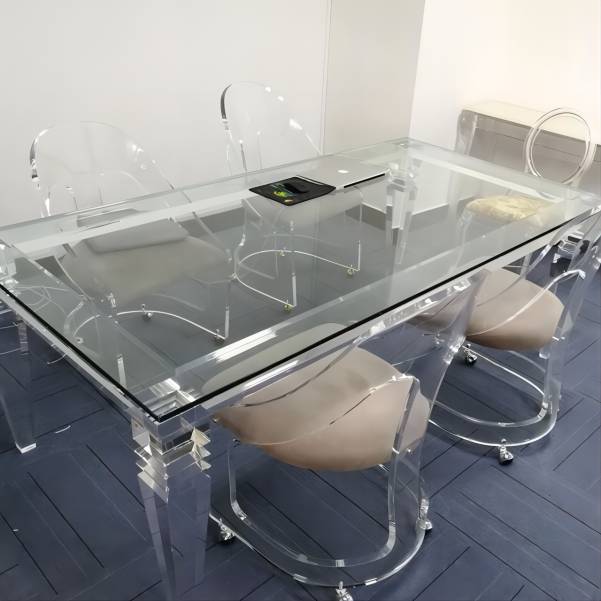
What are the roles of acrylic? Acrylic has a wide range of applications and can be found in almost every field. Here are some of the main uses of acrylic:
Construction field: because acrylic has a very good transparency, can be used as a substitute for glass as a building material. Not only that, acrylic also has good anti-aging properties, in the wind and sun, acrylic can still maintain the original quality.
In addition, the impact resistance of acrylic is much higher than ordinary glass, high safety performance, more and more favored by the construction industry.

Advertising and decoration: acrylic surface smooth, colorful, can be a good display of commercial advertising or decorative design. Transparent acrylic sheet can be used as a background board, translucent and opaque acrylic sheet can be used to make signs, text, patterns, etc..
Medical devices: acrylic is not easy to decompose, easy to clean, in line with the requirements for the use of medical devices. In addition, acrylic has superior corrosion resistance and can cope with a variety of chemical reagents.
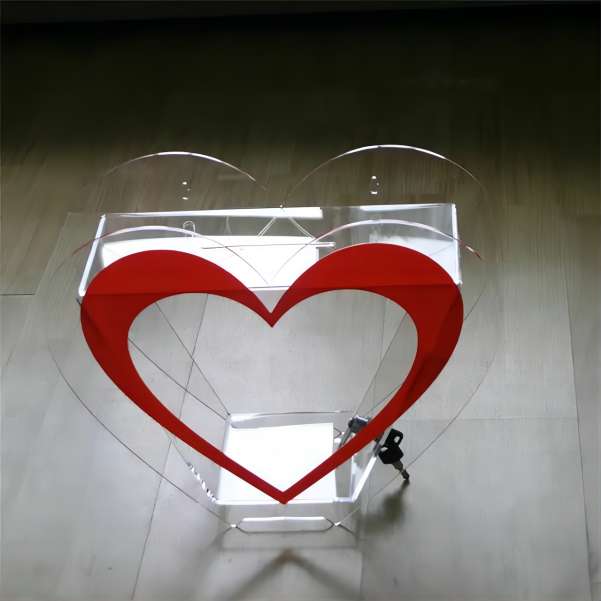
Transportation: acrylic has a high degree of abrasion resistance, impact resistance, can be used as aircraft, automobiles and other transportation surfaces, lampshades and other components.
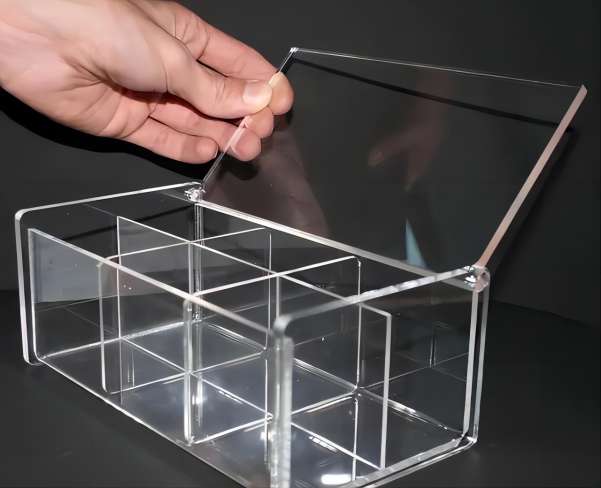
Crafts: acrylic has a certain degree of plasticity, can be processed into a variety of shapes, is the ideal material for making crafts. At the same time, the bright colors of acrylic increase the ornamental nature of crafts.
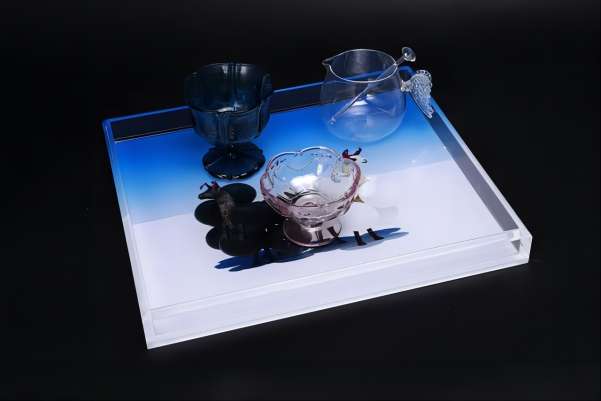
Why acrylic can be widely used? The reasons are mainly the following:
High transparency: the transparency of acrylic is very high, can reach more than 92%, which makes acrylic has a very good effect on the visual, become the preferred material for various industries.
Good processing performance: acrylic is easy to cut, carve, thermoforming and other processing, greatly facilitating the production of production.
Good weather resistance: acrylic has good weather resistance, even if long-term exposure to sunlight, there will be no deformation, discoloration and other phenomena, making acrylic in outdoor applications have a very good performance.
High security: the impact resistance of acrylic is much higher than ordinary glass, even if it breaks, it will not produce sharp fragments like glass, bringing safety hazards to users.
In summary, acrylic, as a plastic material with special properties, has a wide range of applications in many fields such as construction, advertising and decoration, medical equipment, transportation and handicrafts.
At the same time, it also has a high degree of transparency, good processing performance, good weather resistance and high security, making acrylic widely recognized in various fields. Therefore, we can foresee that acrylic as a high-performance material, its application prospects will be more broad.
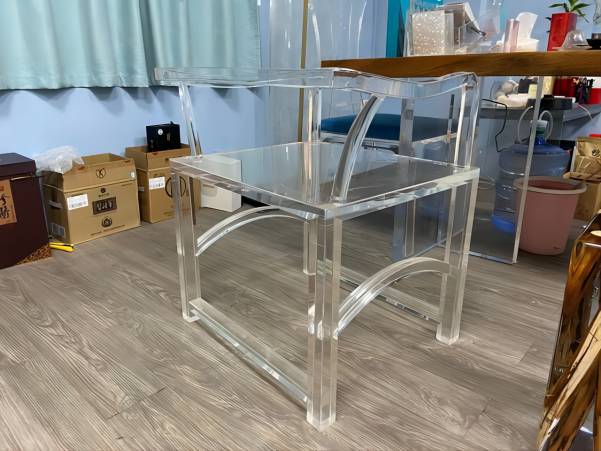
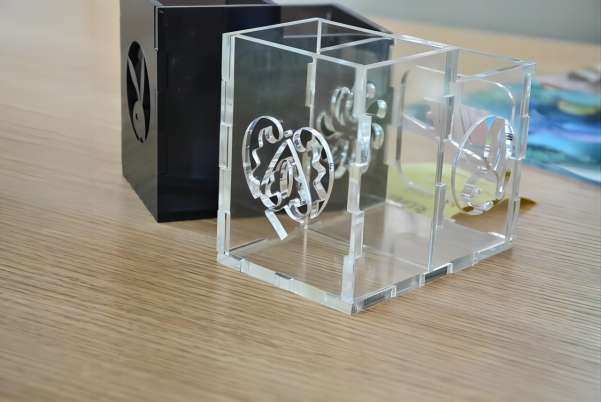
For more information please refer to https://www.honyplastic.com/pmma-acrylic-machined-part/
and send drawing to sales@honyplastic.com
November 17, 2024
November 16, 2024
August 27, 2021
August 26, 2021
PEEK ball is a special type of ball made of polyether ether ketone (PEEK), which has excellent chemical stability, abrasion resistance, and high temperature resistance.PEEK ball is widely used in...
PVDF Application Areas Different models of PVDF products are suitable for different application scenarios. According to application fields, PVDF can be divided into conventional grade products and...
Application Performance Advantages of MC nylon MC nylon is a new type of engineering plastics, due to its outstanding comprehensive performance, so that its status in engineering plastics is rapidly...
Types of nylon: 1. Nylon - 6 (PA6) Nylon -6, also known as polyamide -6, that is, polycaprolactam. Translucent or opaque opalescent resin. 2. Nylon - 66 (PA66) Nylon-66, also known as polyamide-66,...
Email to this supplier
November 17, 2024
November 16, 2024
August 27, 2021
August 26, 2021

Privacy statement: Your privacy is very important to Us. Our company promises not to disclose your personal information to any external company with out your explicit permission.

Fill in more information so that we can get in touch with you faster
Privacy statement: Your privacy is very important to Us. Our company promises not to disclose your personal information to any external company with out your explicit permission.